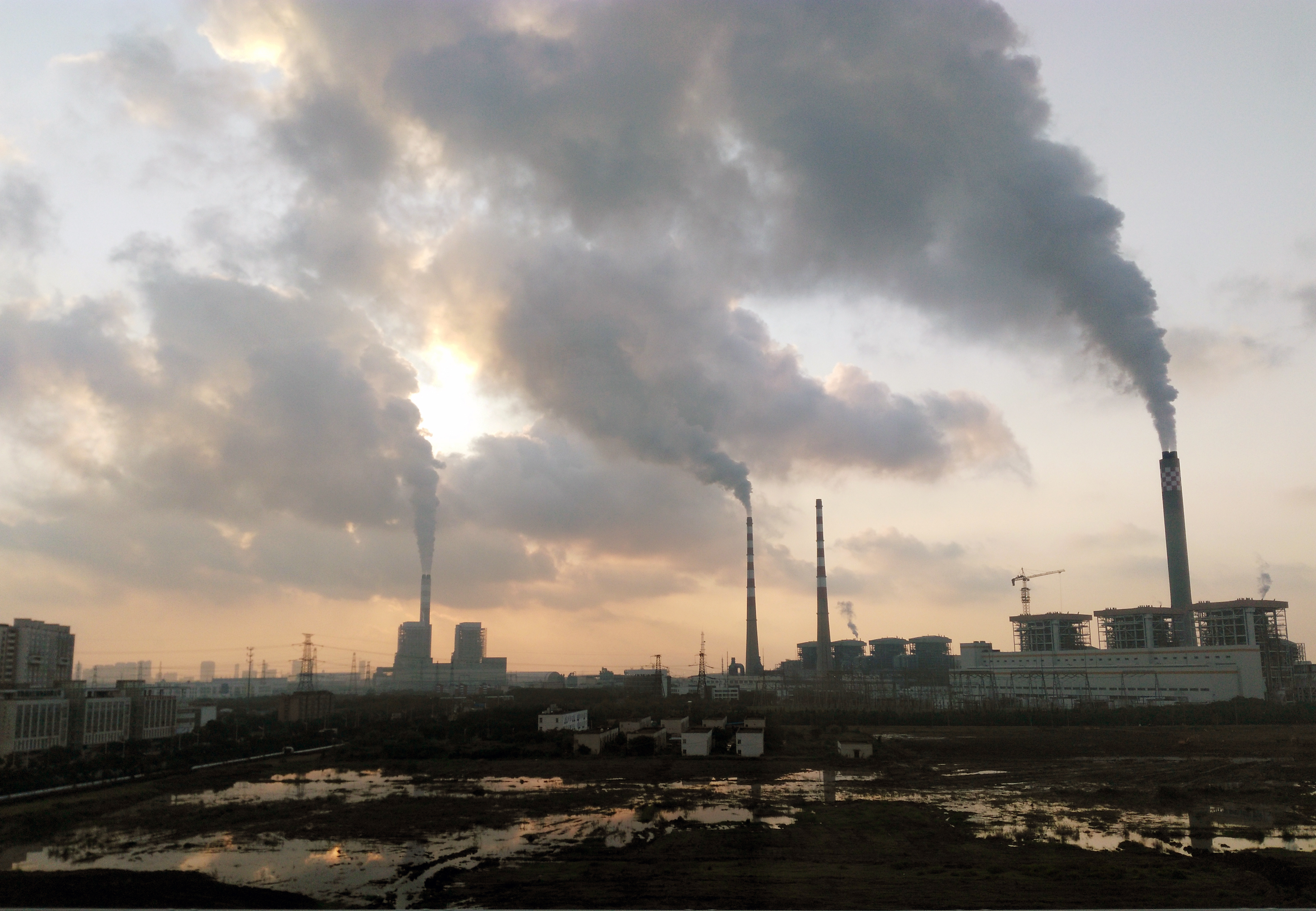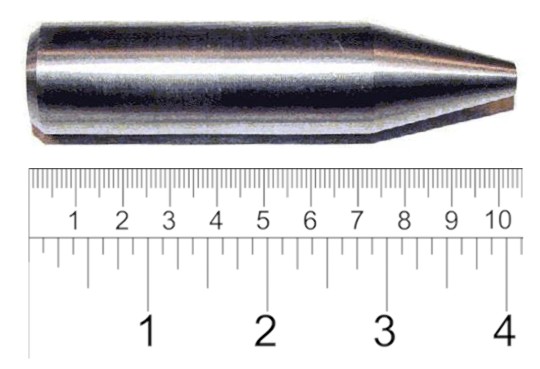|
Laguna Verde Nuclear Power Plant
Laguna Verde Nuclear Power Plant (LVNPP) is located on the coast of the Gulf of Mexico, in Alto Lucero, Veracruz, Mexico. It is the only nuclear power, nuclear power plant in Mexico and produces about 4.5% of the country's electrical energy. It consists of two units GE Boiling water reactor, Boiling Water Reactors (BWR-5) each one with installed capacity of 682 Megawatt, MW using low enriched uranium (3%) as fuel. Unit-1 (U-1) started its operation on July 29, 1990. Unit-2 (U-2) started its operation on April 10, 1995. Initial architects in 1975 for the plant were Burns and Roe Inc and later Ebasco Services designed and supervised the project. The steam turbine and other components were manufactured by Mitsubishi Electric. The plant is owned and operated by Comisión Federal de Electricidad (CFE), the national electric company owned by the Mexican government. Laguna Verde has been considered a strategic facility for the National Power System (Electricity sector in Mexico, SEN) d ... [...More Info...] [...Related Items...] OR: [Wikipedia] [Google] [Baidu] |
Mexico
Mexico (Spanish: México), officially the United Mexican States, is a country in the southern portion of North America. It is bordered to the north by the United States; to the south and west by the Pacific Ocean; to the southeast by Guatemala, Belize, and the Caribbean Sea; and to the east by the Gulf of Mexico. Mexico covers ,Mexico ''''. . making it the world's 13th-largest country by are ... [...More Info...] [...Related Items...] OR: [Wikipedia] [Google] [Baidu] |
Nuclear Fission
Nuclear fission is a reaction in which the nucleus of an atom splits into two or more smaller nuclei. The fission process often produces gamma photons, and releases a very large amount of energy even by the energetic standards of radioactive decay. Nuclear fission of heavy elements was discovered on Monday 19 December 1938, by German chemist Otto Hahn and his assistant Fritz Strassmann in cooperation with Austrian-Swedish physicist Lise Meitner. Hahn understood that a "burst" of the atomic nuclei had occurred. Meitner explained it theoretically in January 1939 along with her nephew Otto Robert Frisch. Frisch named the process by analogy with biological fission of living cells. For heavy nuclides, it is an exothermic reaction which can release large amounts of energy both as electromagnetic radiation and as kinetic energy of the fragments (heating the bulk material where fission takes place). Like nuclear fusion, for fission to produce energy, the total binding energy ... [...More Info...] [...Related Items...] OR: [Wikipedia] [Google] [Baidu] |
Nuclear Power Stations In Mexico
*
*
{{Di ...
Nuclear may refer to: Physics Relating to the nucleus of the atom: * Nuclear engineering *Nuclear physics *Nuclear power *Nuclear reactor *Nuclear weapon *Nuclear medicine *Radiation therapy *Nuclear warfare Mathematics *Nuclear space *Nuclear operator *Nuclear congruence *Nuclear C*-algebra Biology Relating to the nucleus of the cell: * Nuclear DNA Society * Nuclear family, a family consisting of a pair of adults and their children Music * "Nuclear" (band), group music. * "Nuclear" (Ryan Adams song), 2002 *"Nuclear", a song by Mike Oldfield from his ''Man on the Rocks'' album * ''Nu.Clear'' (EP) by South Korean girl group CLC See also *Nucleus (other) *Nucleolus * Nucleation * Nucleic acid *Nucular ''Nucular'' is a common, proscribed pronunciation of the word "nuclear". It is a rough phonetic spelling of . The ''Oxford English Dictionary''s entry dates the word's first published appearance to 1943. Dictionary notes This is one of two con ... [...More Info...] [...Related Items...] OR: [Wikipedia] [Google] [Baidu] |
Probabilistic Risk Assessment
Probabilistic risk assessment (PRA) is a systematic and comprehensive methodology to evaluate risks associated with a complex engineered technological entity (such as an airliner or a nuclear power plant) or the effects of stressors on the environment (probabilistic environmental risk assessment, or PERA). Risk in a PRA is defined as a feasible detrimental outcome of an activity or action. In a PRA, risk is characterized by two quantities: #the magnitude (severity) of the possible adverse consequence(s), and #the likelihood (probability) of occurrence of each consequence. Consequences are expressed numerically (e.g., the number of people potentially hurt or killed) and their likelihoods of occurrence are expressed as probabilities or frequencies (i.e., the number of occurrences or the probability of occurrence per unit time). The total risk is the expected loss: the sum of the products of the consequences multiplied by their probabilities. The spectrum of risks across classe ... [...More Info...] [...Related Items...] OR: [Wikipedia] [Google] [Baidu] |
Nuclear Power
Nuclear power is the use of nuclear reactions to produce electricity. Nuclear power can be obtained from nuclear fission, nuclear decay and nuclear fusion reactions. Presently, the vast majority of electricity from nuclear power is produced by nuclear ''fission'' of uranium and plutonium in nuclear power plants. Nuclear ''decay'' processes are used in niche applications such as radioisotope thermoelectric generators in some space probes such as ''Voyager 2''. Generating electricity from fusion power, ''fusion'' power remains the focus of international research. Most nuclear power plants use thermal reactors with enriched uranium in a Nuclear fuel cycle#Once-through nuclear fuel cycle, once-through fuel cycle. Fuel is removed when the percentage of neutron poison, neutron absorbing atoms becomes so large that a nuclear chain reaction, chain reaction can no longer be sustained, typically three years. It is then cooled for several years in on-site spent fuel pools before being tr ... [...More Info...] [...Related Items...] OR: [Wikipedia] [Google] [Baidu] |
Feedwater Heater
A feedwater heater is a power plant component used to pre-heat water delivered to a steam generating boiler. Preheating the feedwater reduces the irreversibilities involved in steam generation and therefore improves the thermodynamic efficiency of the system.Fundamentals of Steam Power by Kenneth Weston, University of Tulsa This reduces plant operating costs and also helps to avoid thermal shock to the boiler metal when the feedwater is introduced back into the steam cycle. In a steam power plant (usually modeled as a modified Rankine cycle), feedwater heaters allow the feedwater to be brought up to the saturation temperature very gradually. This minimizes the inevitable irreversibilities associated with heat transfer to the working fluid (water). See the article on the second law of thermodynamics for a fur ... [...More Info...] [...Related Items...] OR: [Wikipedia] [Google] [Baidu] |
Thermal Power Station
A thermal power station is a type of power station in which heat energy is converted to electrical energy. In a steam-generating cycle heat is used to boil water in a large pressure vessel to produce high-pressure steam, which drives a steam turbine connected to an electrical generator. The low-pressure exhaust from the turbine enters a steam condenser where it is cooled to produce hot condensate which is recycled to the heating process to generate more high pressure steam. This is known as a Rankine cycle. The design of thermal power stations depends on the intended energy source: fossil fuel, nuclear and geothermal power, solar energy, biofuels, and waste incineration are all used. Certain thermal power stations are also designed to produce heat for industrial purposes; for district heating; or desalination of water, in addition to generating electrical power. Fuels such as natural gas or oil can also be burnt directly in gas turbines (internal combustion). These pla ... [...More Info...] [...Related Items...] OR: [Wikipedia] [Google] [Baidu] |
Alstom
Alstom SA is a French multinational rolling stock manufacturer operating worldwide in rail transport markets, active in the fields of passenger transportation, signalling, and locomotives, with products including the AGV, TGV, Eurostar, Avelia and New Pendolino high-speed trains, in addition to suburban, regional and metro trains, and Citadis trams. Alsthom (originally Als-Thom) was formed by a merger between Compagnie Française Thomson-Houston and the electric engineering division of Société Alsacienne de Constructions Mécaniques in 1928. Significant later acquisitions included the Constructions Electriques de France (1932), shipbuilder Chantiers de l'Atlantique (1976), and parts of ACEC (Belgium, late-1980s). A merger with parts of the General Electric Company (UK) formed GEC Alsthom in 1989. Throughout the 1990s, the company expanded its holdings in the rail sector, via the acquisition of German rolling stock manufacturer Linke-Hofmann-Busch and Italian rail signall ... [...More Info...] [...Related Items...] OR: [Wikipedia] [Google] [Baidu] |
Iberdrola
Iberdrola () is a Spanish multinational electric utility company based in Bilbao, Spain. Iberdrola has a workforce of around 34,000 employees serving around 31.67 million customers. Subsidiaries include Scottish Power (United Kingdom) and a significant part of Avangrid (United States), amongst others. In 2013, the largest shareholder of the company was Qatar Investment Holding. Other significant shareholders included Norges Bank, Kutxabank and CaixaBank (formerly Bankia). Iberdrola, a global energy company, is the second biggest producer of wind power after Ørsted by revenue and market capitalisation. It is the world's third electricity utility by market capitalisation. It has subsidiaries in numerous countries, mainly in Spain, United Kingdom (Scottish Power), United States (Avangrid), Brazil (Neoenergia), Mexico, Germany, Portugal, Italy, Australia and France. History Early history Iberdrola was created on November 1, 1992, from the merger between Hidroeléc ... [...More Info...] [...Related Items...] OR: [Wikipedia] [Google] [Baidu] |
General Electric
General Electric Company (GE) is an American multinational conglomerate founded in 1892, and incorporated in New York state and headquartered in Boston. The company operated in sectors including healthcare, aviation, power, renewable energy, digital industry, additive manufacturing and venture capital and finance, but has since divested from several areas, now primarily consisting of the first four segments. In 2020, GE ranked among the Fortune 500 as the 33rd largest firm in the United States by gross revenue. In 2011, GE ranked among the Fortune 20 as the 14th most profitable company, but later very severely underperformed the market (by about 75%) as its profitability collapsed. Two employees of GE – Irving Langmuir (1932) and Ivar Giaever (1973) – have been awarded the Nobel Prize. On November 9, 2021, the company announced it would divide itself into three investment-grade public companies. On July 18, 2022, GE unveiled the brand names of the companies it will ... [...More Info...] [...Related Items...] OR: [Wikipedia] [Google] [Baidu] |
Uranium
Uranium is a chemical element with the symbol U and atomic number 92. It is a silvery-grey metal in the actinide series of the periodic table. A uranium atom has 92 protons and 92 electrons, of which 6 are valence electrons. Uranium is weakly radioactive because all isotopes of uranium are unstable; the half-lives of its naturally occurring isotopes range between 159,200 years and 4.5 billion years. The most common isotopes in natural uranium are uranium-238 (which has 146 neutrons and accounts for over 99% of uranium on Earth) and uranium-235 (which has 143 neutrons). Uranium has the highest atomic weight of the primordially occurring elements. Its density is about 70% higher than that of lead, and slightly lower than that of gold or tungsten. It occurs naturally in low concentrations of a few parts per million in soil, rock and water, and is commercially extracted from uranium-bearing minerals such as uraninite. In nature, uranium is found as uranium-238 (99. ... [...More Info...] [...Related Items...] OR: [Wikipedia] [Google] [Baidu] |
Electricity Sector In Mexico
As required by the Constitution, the electricity sector is federally owned, with the Federal Electricity Commission (Comisión Federal de Electricidad or CFE) essentially controlling the whole sector; private participation and foreign companies are allowed to operate in the country only through specific service contracts. Attempts to reform the sector have traditionally faced strong political and social resistance in Mexico, where subsidies for residential consumers absorb substantial fiscal resources. The electricity sector in Mexico relies heavily on thermal sources (75% of total installed capacity), followed by hydropower generation (19%). Although exploitation of solar, wind, and biomass resources has a large potential, geothermal energy is the only renewable source (excluding hydropower) with a significant contribution to the energy mix (2% of total generation capacity). Expansion plans for the period 2006-2015 estimate the addition of some 14.8 GW of new generation capacit ... [...More Info...] [...Related Items...] OR: [Wikipedia] [Google] [Baidu] |




